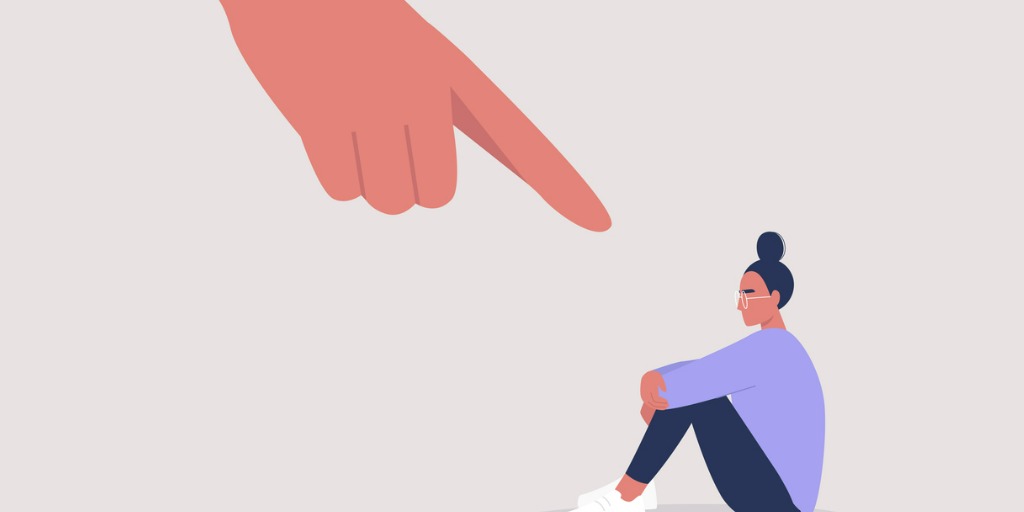This toxic behavior could be hurting your employees
Addressing and eliminating discrimination in a workplace is essential on many levels—from supporting employees to protecting a company from litigation to upholding employment laws. But what if the discrimination is subtle or indirect? That's when microaggression and its corrosive effects come into play.
Defined as a statement, action, or incident of discrimination of a marginalized group—such as a racial or ethnic minority—microaggressions are sometimes unintentional or unconscious, but certainly not always. And they can affect a breadth of employees, since they may be related to race, gender, sexuality, mental health status, socioeconomic background, or any other aspect of someone's identity.
Whether they're deliberate or not, these acts of hostility can have significant effects within a workplace, including lower morale and productivity.
Types of microaggressions
Before delving into the result of microaggressions, it's helpful to understand what they encompass. Experts at Auburn University break them down into three categories:
- Micro-assault: when there's a verbal or nonverbal attack that's meant to be hurtful. This can include using racial epithets or derogatory terms, displaying objects or paraphernalia known to be discriminatory or evoke strong feelings or telling "jokes" that imply prejudice. Micro-assault is considered the most overt and deliberate form of microaggression.
- Micro-insult: which involves statements or behavior that communicate a discriminatory message, and may be delivered unintentionally. The speaker may actually think of these as compliments.
- Micro-invalidation: statements that negate or exclude the experiences and feelings of others, particularly people of color. These might include statements like, "Why do you always make it about race?" or "I don't see color, I just see people."
In addition to statements and "jokes," microaggressions can involve a range of behaviors that also emphasize others as different and lesser. For example, when a woman starts talking during a meeting, a micro-aggressor might start scrolling through their phone as if she isn't worth hearing.
Health effects of microaggressions
As these behaviors and statements stack up, it creates a hostile work situation where employees might feel continually defensive. That can increase the risk of burnout—thanks to less job satisfaction and more stress—boosting the likelihood of employees finding another job. That pertains not just to the people directly targeted by microaggressors, but also to those around them who watch this behavior and hear these statements and see nothing being done.
Research also indicates that microaggression can have profound effects on physical and mental health, including a higher risk of depression, headaches, sleep issues, and high blood pressure.
.png?width=400&height=400&name=LIZ_posts%20wrapped%20in%20blog%20(6).png) For example, a study looking at racial differences in sleep found that Black participants who experienced more discrimination had lower rates of slow-wave sleep, the phase of sleep most closely associated with rest. This can set someone up for a range of related problems since restful sleep has been linked to cardiovascular function, cognitive health, hormone regulation, and mental health.
For example, a study looking at racial differences in sleep found that Black participants who experienced more discrimination had lower rates of slow-wave sleep, the phase of sleep most closely associated with rest. This can set someone up for a range of related problems since restful sleep has been linked to cardiovascular function, cognitive health, hormone regulation, and mental health.
Another analysis, in the journal Psychological Bulletin, found that those who perceive regular discrimination suffer from psychological and physiological stress responses, which can negatively affect immune system function and leave someone vulnerable to illness. Those researchers added that discrimination may also increase participation in unhealthy behaviors, causing even more damage.
That stress and harm can have considerable, even tragic, outcomes. For instance, research focused on the relationship between microaggressions and suicidal thoughts in college students and found that those who experienced the most incidents of microaggressions had the highest incidence of suicidal ideation and depression symptoms.
-1.png?width=400&height=400&name=LIZ_posts%20wrapped%20in%20blog%20(7)-1.png)
What to do next
For employers, the first step is recognizing types of microaggressions and understanding the difficulty of addressing this behavior. Then, take action. The HR Certification Institute recommends steps such as:
.png?width=400&height=400&name=LIZ_posts%20wrapped%20in%20blog%20(8).png)
- Invite employees into discussions on the topic, without making it mandatory. In some cases, asking for anonymous feedback could be helpful.
- Require respectful language and attitudes from everyone in a workplace, so there's no "us vs. them" type of language.
- Create consequences for microaggressions and enforce them.
The worst possible approach is to do nothing, along with believing microaggressions simply don't happen at your workplace. Even if that's true, it's important to get ahead of the issue and expand your discrimination efforts for the good of all employees.
To further support your employees, find out which benefits and wellness offerings would provide the most value by downloading our ultimate guide to winning with workplace wellness.

